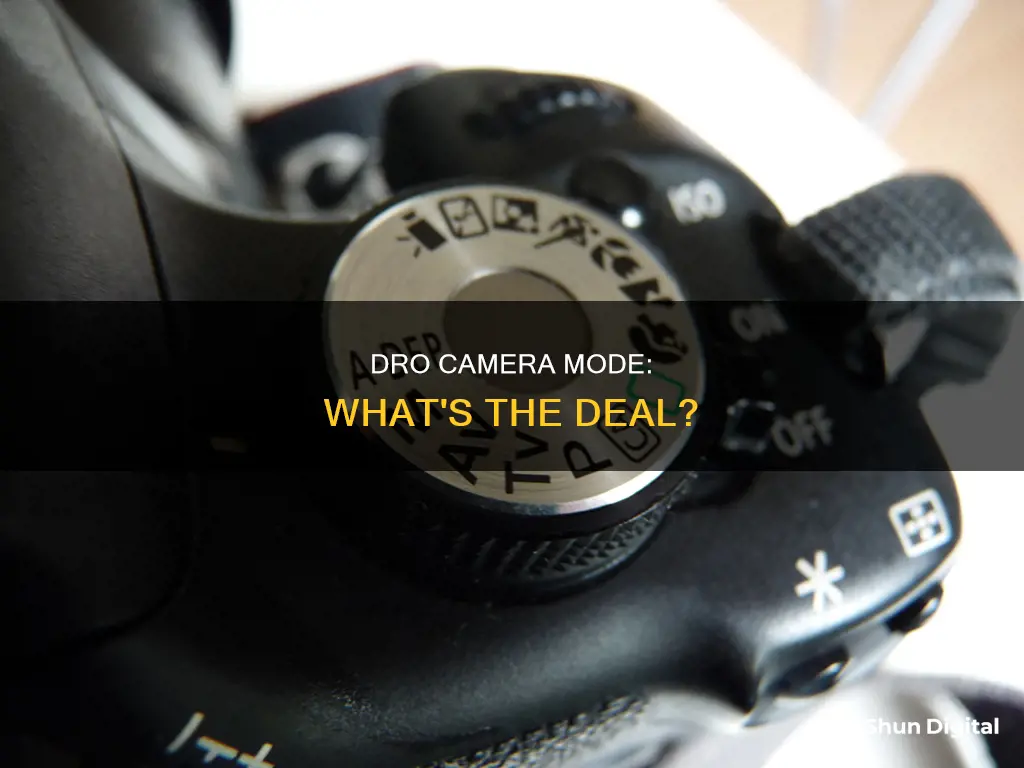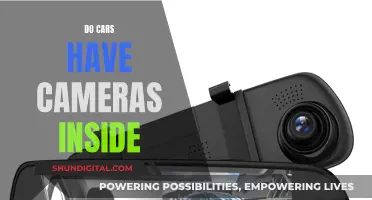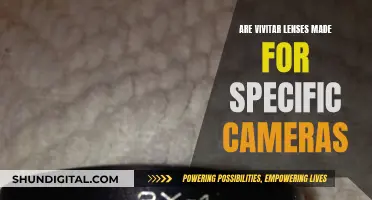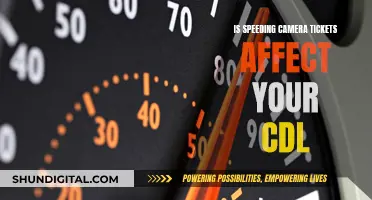
Dynamic Range Optimization (DRO) is a camera mode that automatically corrects brightness and contrast to improve image quality. DRO, also known as Dynamic Range Optimizer or D-Range Optimizer, is a function that optimizes the difference between light and dark parts of an image. It analyzes the contrast of light and shadow between the subject and the background, dividing the image into small areas to create an image with optimal brightness and gradation. This mode is particularly useful when there are moving subjects in the frame, as it captures a single exposure and can be used during continuous shooting.
| Characteristics | Values |
|---|---|
| Full Form | Dynamic Range Optimizer |
| Function | Analyzes the contrast of light and shadow between the subject and the background, and creates an image with the optimal brightness and gradation |
| Use Case | Can be used when the subject is moving or during continuous shooting |
| Image Quality | The image may appear noisy because the image is corrected with image processing |
| ISO Value | Only [ISOAUTO] or values from [ISO 100] to [ISO 800] can be set for the ISO value when [DRO plus] is set |
What You'll Learn

DRO vs HDR
Dynamic Range Optimization (DRO) and High Dynamic Range (HDR) are two different camera modes that aim to improve the dynamic range of an image. Dynamic range refers to the range of light levels that a camera can record, from the darkest shadows to the brightest highlights.
DRO is a Sony-specific term for a feature that is also known as Intelligent Dynamics or Active D-lighting on other camera brands. It works by analysing the contrast of a scene and adjusting the brightness to produce an image with optimal brightness and recovered shadow detail. The advantage of DRO is that it only requires a single image, so it can be used when photographing moving subjects without creating motion blur. However, because the image is corrected with image processing, the final image may appear noisy. DRO also has the indirect effect of reducing exposure to get more details in the highlights.
HDR, on the other hand, works by taking three images with different exposures and then overlaying the bright areas of the underexposed image and the dark areas of the overexposed image to create a final image with extended dynamic range. This results in better highlight detail than DRO and reduced noise. However, because it requires taking multiple images, HDR is not suitable for moving subjects and can result in a hazy-looking image.
In summary, DRO is better for moving subjects and can be used in continuous shooting modes, while HDR provides better highlight detail and reduced noise but is not suitable for moving subjects.
Charging Your 808 Camera: How Long is Too Long?
You may want to see also

Sony camera settings
Dynamic Range Optimizer (DRO) is a Sony camera setting that automatically corrects brightness and contrast to improve image quality. It stands for "Dynamic Range Optimizer" and is a function that automatically optimizes the difference between light and dark parts of an image.
To access the DRO setting on your Sony camera, go to MENU -> (Still Image) -> (Still Shooting Scene) -> (Program Auto) -> (DRO) -> desired mode. The default setting for DRO is "Standard," which automatically adjusts the brightness and contrast of images. However, depending on shooting conditions, the desired correction effects may not always be achievable.
When using the DRO setting, only specific ISO values are compatible. For example, when [DRO plus] is selected, the ISO value must be set to [ISOAUTO] or within the range of [ISO 100] to [ISO 800].
It's important to note that DRO is different from Auto High Dynamic Range (HDR). While both functions compensate for brightness and contrast in still images, they operate differently. Auto HDR captures three images with different exposures and combines the bright and dark areas to create an image with an extended dynamic range. On the other hand, DRO analyzes the contrast between the subject and the background and optimizes the brightness and gradation of the image.
The DRO function is suitable for capturing moving subjects or continuous shooting, whereas Auto HDR is not recommended for such scenarios as it may result in hazy images. However, it's worth mentioning that images captured with DRO may appear noisy due to the image processing involved.
Low Battery Mode: Impact on Camera Performance and Quality
You may want to see also

DRO and flash photography
Dynamic Range Optimizer (DRO) is a function that automatically optimizes the difference between light and dark parts of an image. It analyzes the shooting scene and adjusts brightness and contrast to improve image quality.
DRO can be particularly useful for flash photography, which often involves capturing photographs in poor lighting conditions. Flash photography is a technique that uses an artificial light source to illuminate a person or scene. It can be used to brighten a dark scene, balance out diffused light, or eliminate unwanted shadows.
When using flash photography, it is important to understand the scene and the available lighting. This will help determine the equipment and techniques needed to achieve the desired effect. Flash photography can be used to complement ambient light and create a specific mood or effect, even in well-lit areas. For example, a flash can add a pop of light to illuminate the eyes of a subject, even during the day.
By using DRO in conjunction with flash photography, you can further enhance the optimization of light and dark areas in your images. DRO will automatically adjust the brightness and contrast, ensuring that the image has optimal brightness and recovered shadow detail. This can be especially useful when photographing moving subjects or during continuous shooting, as DRO can be used while the subject is in motion, whereas Auto HDR (High Dynamic Range) is not recommended for moving subjects.
However, it is important to note that images captured with DRO may appear noisy due to image processing. Additionally, while flash photography can enhance your images, it should be used thoughtfully and intentionally. Understanding the basics of flash photography, such as the different types of light and their effects, will help you create the desired mood and look for your photographs.
Charging Your A6000: A Step-by-Step Guide to Powering Your Camera
You may want to see also

DRO and RAW files
Dynamic Range Optimizer (DRO) is a function that automatically optimizes the difference between light and dark parts of an image by analyzing the shooting scene and correcting brightness and contrast to improve image quality. It is particularly useful for shooting moving subjects or during continuous shooting.
DRO can be used in conjunction with RAW files, which are the raw data captured directly by the image sensor. When shooting in RAW, DRO will not negatively impact the RAW file; however, to see the DRO effect on the RAW file, you need to use special software to convert the RAW file to a different format, such as a Digital Negative (DNG) file. This is because the DRO effect is not visible in the RAW data itself but can be applied during post-processing using certain software.
Some users have observed that DRO can cause underexposure in RAW images, but this may depend on the camera model, metering mode, and scene dynamic range. DRO may also increase noise in darker areas of the image.
When shooting in the JPEG format, DRO affects the JPEG image directly, and the result is easily visible. For RAW images, the effect of DRO can be applied during post-processing using specific software, such as Sony's Image Data Converter.
Charging Camera Batteries: Overcharging and Its Effects
You may want to see also

DRO and JPEG files
Dynamic Range Optimizer (DRO) is a function that automatically optimizes the difference between light and dark parts of an image by correcting brightness and contrast. It is designed to improve image quality. DRO is only applied to JPEG files, although RAW files are tagged for similar processing by Sony's IDC software.
JPEG files are the most universally recognized image file format and are compatible with most browsers, software, and apps. They are the go-to file format for digital images, offering a balance between image quality and convenient storage and transfer. JPEGs support up to 24-bit color and use lossy compression to reduce file size. This compression technique removes visual data that the human eye cannot see and averages out color variations, allowing for faster transfer and access for online viewing. However, the compression can result in a loss of image quality, particularly for images with clean edges and lines.
When shooting in DRO mode, photographers can choose to capture images in JPEG or RAW format. JPEG images benefit from in-camera processing, which applies corrections to optimize brightness and contrast. On the other hand, RAW files are unprocessed and provide a more accurate representation of the light that reached the sensor. They offer greater flexibility in post-processing due to the larger amount of data available.
Some photographers prefer shooting in DRO mode as it produces JPEGs with lightly tone-mapped details and improved shadow detail. This can save time in post-processing, especially when the desired look is achieved straight out of the camera. However, others prefer the higher contrast and flexibility offered by RAW files, which allow for more adjustments during editing.
In summary, DRO mode primarily affects the processing of JPEG files, enhancing their dynamic range. While RAW files are not directly impacted by DRO, they can be tagged for similar processing by Sony's software. The choice between shooting in JPEG or RAW format depends on the photographer's preferences, with JPEG offering convenience and faster transfer, and RAW providing greater flexibility and image data for post-processing.
Camera Batteries: Airplane Safety and Legalities Explored
You may want to see also
Frequently asked questions
DRO stands for Dynamic Range Optimization or Dynamic Range Optimizer.
The DRO function analyzes the contrast and produces an image with optimal brightness and recovered shadow detail. It can be used while the subject is moving or during continuous shooting.
To turn on DRO mode, go to MENU -> (Still Image) -> (Still Shooting Scene) -> (Program Auto) -> (DRO) -> desired mode.







